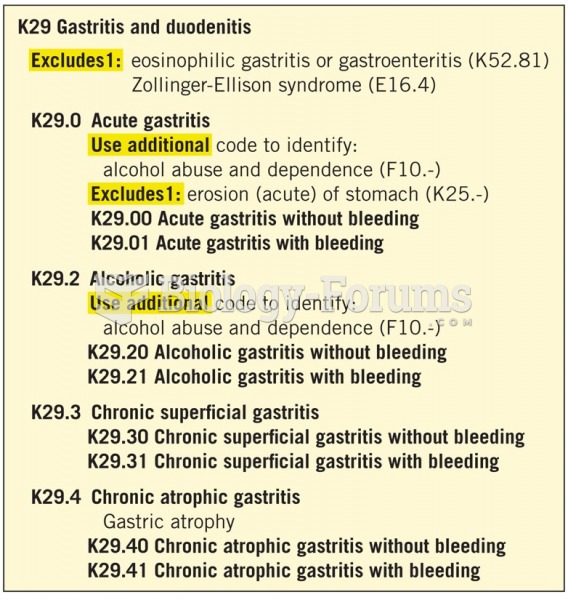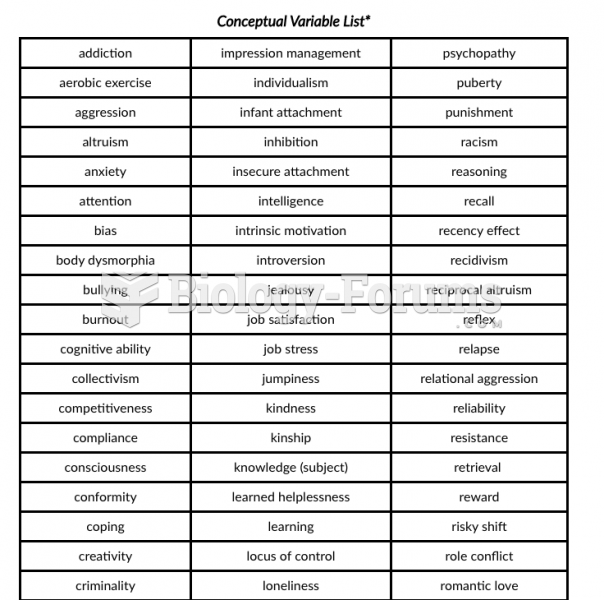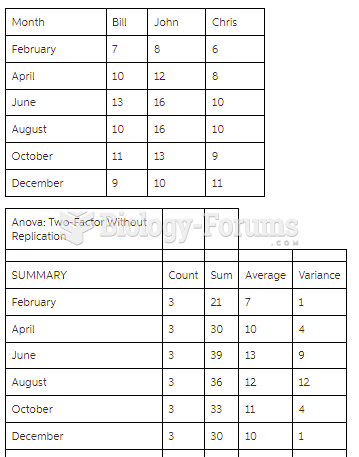Answer to Question 1
Loud-playing gamelans consist of instruments only (no voices) and are associated with noisy outdoor events (festivals, processions, and so on.). In loud-playing performance style only the drums and louder metal instruments are used.
Soft-playing gamelans are associated with more intimate indoor events and involve singing. In soft-playing style these instruments play softly, and voices and soft-playing instruments are featured.
Give two examples of loud-playing instruments and two examples of soft-playing instruments. (Examples of instruments may vary.)
Gong ageng (largest hanging gong) and kendhang family of hand drums are examples of loud-playing instruments
Gendr panerus (metallophone in a higher octave) and the siter (smaller zither) are examples of soft-playing instruments.
These two different performing styles relate to which basic music element?
Loud- and soft-playing styles relate to dynamicsloudness levels, fixed and/or changing; dynamics is an essential element of any musical sound.
Answer to Question 2
knobbed gong instruments
metal keyed instruments (metallophones)
other melodic instruments
drums
The instruments described on WOM p. 217 represent two of the four categories of instruments in a typical gamelan ensemble.
I. Knobbed Gong Instruments: gong ageng, gong siyem, kempul, kenong, kethuk, kempyang, bonang barung, bonang panerus.
II. Metal Keyed Instruments (Metallophones) saron demung, saron barung, saron peking, gendr slenthem, gendr barung, gendr panerus.
Describe in detail, using WOM, one of the specific instruments in each category.
Example I. The kenong is the largest of the kettle gongs, resting horizontally in a wooden frame; from two to twelve per gamelan; played with a padded stick beater.
The kenong is an idiophonethe instrument itself is the source of vibration.
Example II. The saron and slenthem are instruments with six or seven keys, which play the main melody.







